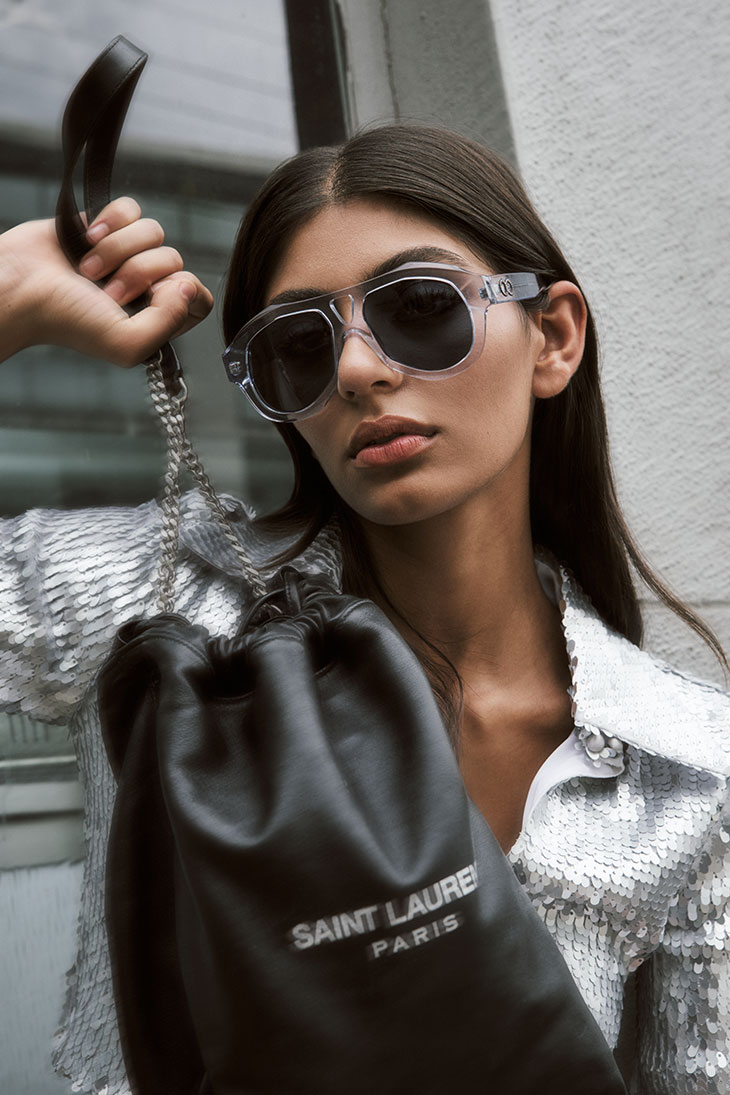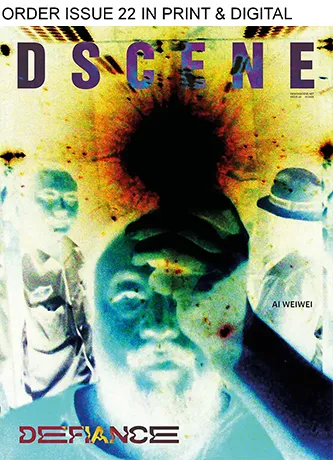
Fast fashion is fleeting, but the right pieces can hold value and sometimes even appreciate. That Hermès bag you bought three years ago? It’s worth more now than when you purchased it. The limited-edition sneakers gathering dust? Someone’s paying triple retail for them online. Your vintage Chanel jacket? It’s not just timeless – it’s an appreciating asset. Your closet might be sitting on more wealth than your investment portfolio.
The smartest dressers understand something most people miss: fashion becomes strategy when you treat it like one. Every purchase can serve dual purposes – looking good today and paying dividends tomorrow.
Resale Is the New Retail: When Style Becomes Liquid
There’s a reason resale platforms are booming. The RealReal, Grailed, Vestiaire Collective, Depop – these platforms have evolved beyond simple closet clearinghouses into asset liquidation centers. According to a recent analysis by McKinsey & Company, luxury resale is growing fast and drawing in a new generation of savvy, sustainability-driven buyers. In other words: the resale economy isn’t a trend. It’s a shift.
- Bought that Jacquemus mini bag for $600? It’s now sold out, and buyers are eager to pay premium price.
- Held on to an OG Acne Studios coat? That’s cult classic territory now.
The secondhand market benefits both the planet and your cash flow.
Pro tip: Focus on pieces that retain value. Think limited editions, designer collaborations, or seasonless staples.

The Rental Revolution: Fashion You Don’t Have to Own
You’ve heard of passive income. Now meet passive fashion. Sites like By Rotation and HURR are turning closets into mini storefronts. Your high-end dresses, designer heels, or statement coats could be making you money while you go about your week.
You’re not renting out your identity. You’re renting out the wardrobe. And if that Balmain blazer only sees the light of day once a year, it might as well earn its keep.
Flipping Fashion: You, But Make It Strategic
Flipping extends far beyond sneakers. If you know your labels and pay attention to emerging designers, you can flip runway pieces like a pro. It’s not about hoarding or impulse buying. It’s about knowing the market.
- Limited-run drops from niche brands? Pure gold.
- Cult streetwear collabs? Watch the forums.
- Timeless tailoring in pristine condition? A long game that pays off.
Don’t call it a hustle. It’s a portfolio.
Rewards, Points, Perks: The Hidden Currency of Fashion
Store cards, loyalty programs, and cashback platforms aren’t just gimmicks. They’re tools. The trick is using them without using them. As in: pay off balances, avoid interest, and let the perks pile up.
- Some department stores offer early sale access or tailor credits.
- Credit cards often partner with fashion brands for boosted rewards.
- Cashback sites like Rakuten offer money back on purchases you were already making.
The goal? Maximize every dollar without losing a cent to interest.

When Fast Cash Isn’t Fast Enough
Sometimes, the resale or rental market doesn’t move quickly enough. You’ve got an opportunity, a need, a moment – and your items are sitting there, waiting for the right buyer. This is when understanding your financial tools matters.
If you’re facing an unexpected cost or short-term expense, there are flexible ways to borrow. Responsible borrowing isn’t about living beyond your means. It’s about bridging gaps when resale and rental take too long.
The Real Question: When to Sell, When to Save, and When to Borrow
Here’s the breakdown:
- Sell when you no longer wear the item and its market value is stable or increasing.
- Rent when demand is high and the item is in great condition.
- Borrow only when the timing doesn’t align and you’re dealing with a short-term need, not a long-term habit.
Smart financial decisions mean knowing when your wardrobe can work for you, and when you need to create a buffer without risking your future.
Don’t Romanticize the Side Hustle. Make It Work for You.
There’s a dangerous narrative out there – the glamorization of hustle culture. Reselling and renting your wardrobe can absolutely be lucrative, but only if you treat it like a business, not a fantasy.
That means:
- Tracking income and expenses.
- Decluttering for clarity, not chaos.
- Setting price alerts and market watchlists.
You’re not here to chase trends. You’re here to master them.
Style Is Power. Strategy Is Leverage.
The most stylish people don’t just wear the clothes. They make them work. They know the difference between a purchase and an investment, between impulsive spending and calculated flipping.
Fashion finance isn’t about deprivation. It’s about direction.
Images from Annie Rose by Carmen Rose – see full story here.



















